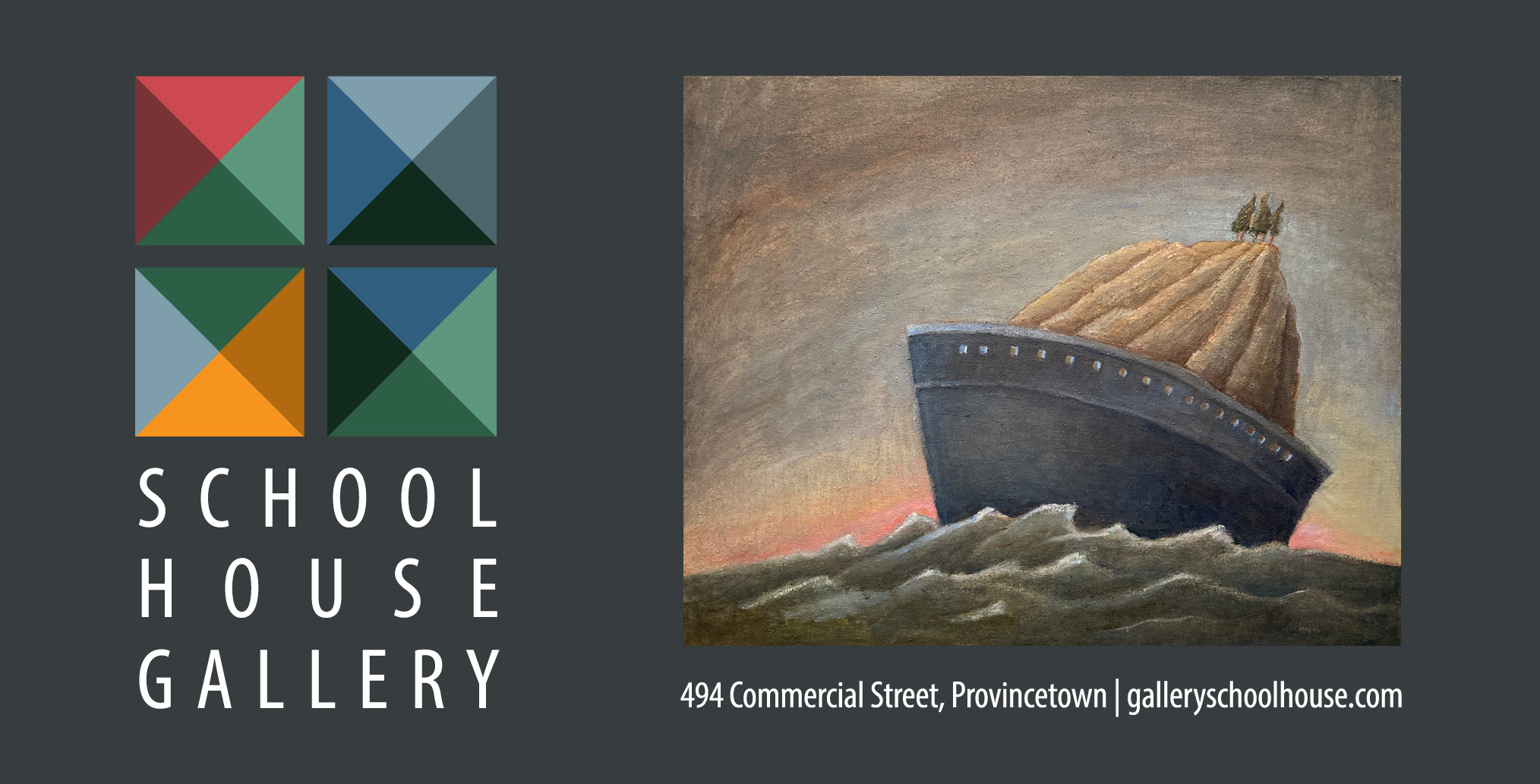The entrance to Mike Miller’s workshop doesn’t announce itself loudly. There’s a discreet wooden sign at street level, then a brick stairwell leading down to the store. When the store is open — “by chance or appointment” reads a slip on the door — Miller places two mannequins at the top of the stairs, dressed in his signature upcycled and embellished vintage menswear, seeming to invite passersby into his basement shop where he both makes and displays his creations.
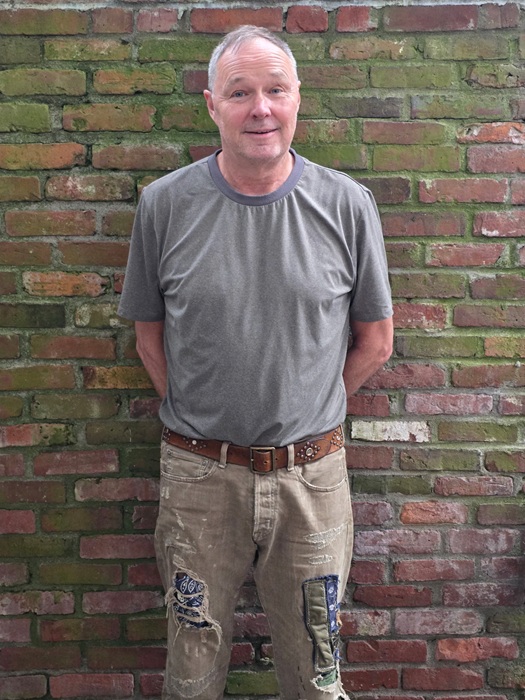
Downstairs, exposed brick walls and murals by Alex Stadler featuring line drawings of rascally pirates frame rack upon rack of Miller’s work: Army surplus jackets patched with vintage needlepoints of dinosaurs, cowboys, and flying saucers; madras button-downs delicately embroidered in geometric patterns that roam across the fabric like wild vines. What at first appears to be grosgrain ribbon banding on a bucket hat reveals itself to be elastic salvaged from vintage jockstraps.
Miller sits in the very middle of the room behind an enormous wooden desk strewn with chenille varsity patches. Looking down through his glasses, he’s carefully hand-stitching a red patch onto a blue cashmere sweater and looking, perhaps for those who know him, uncharacteristically relaxed. But this is his new normal.
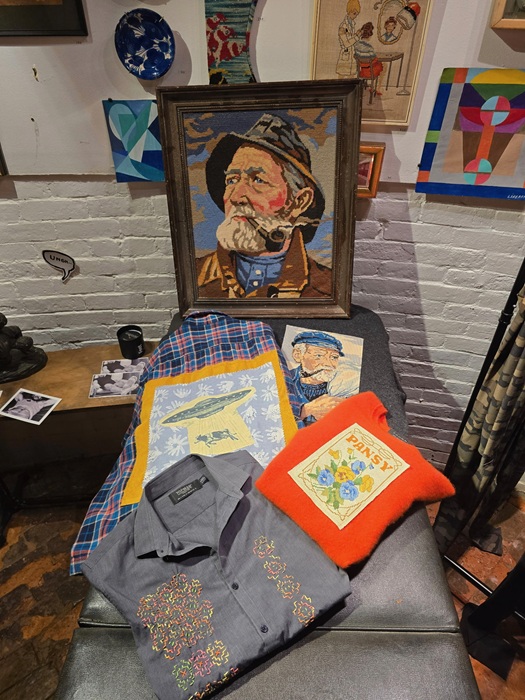
Twenty-four years ago, on his first trip to Provincetown, Miller met his future husband, Ross Zachs, dancing at the A-House. Fourteen years later, they made the town their home. In true washashore fashion, Miller didn’t have a job lined up or anything by way of a plan. “We just jumped in and, like everybody else in Provincetown, had to figure out a way to make it work,” he says.
He quickly found himself immersed in a vibrant community of visual artists, performers, and makers, all talented people and all somehow not well known outside their circle.
Armed with a background in publishing — Miller had worked on the business side of things at Time, Inc. — and with an eye for the personalities and style that made his new hometown special, Miller launched ptownie, a quarterly magazine and marketing hub in 2018. The compendium of local talent and bon vivants was a hit, but as a one-man operation, the stresses were significant, Miller says.
One new skill, though, gave him a way to set it aside from time to time: sewing.
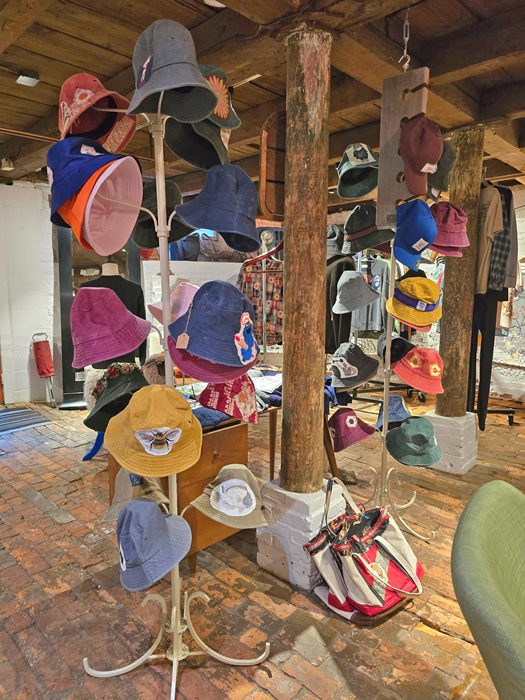
Miller had never picked up a needle or thread until 2017 when he took a sewing class with local designer Scott Coffey through Provincetown’s Winter Wednesdays program, and he took to the craft immediately. Here was a purpose for his collection of fabric remnants.
At first, he made things for himself. Then he made things for friends, who told their friends. It wasn’t long before local boutiques were making inquiries. A meditative winter hobby was evolving into a business project.
In 2023, Miller published the final issue of ptownie and made a full pivot into his new clothing business, Ptownie Makers: “The best decision I ever made,” he says. Today, standing in his studio, surrounded by cabinets holding upholstery samples, antique bandanas, patches, and trims sourced from all over the world, Miller can honestly say he’s the most relaxed he has ever been.
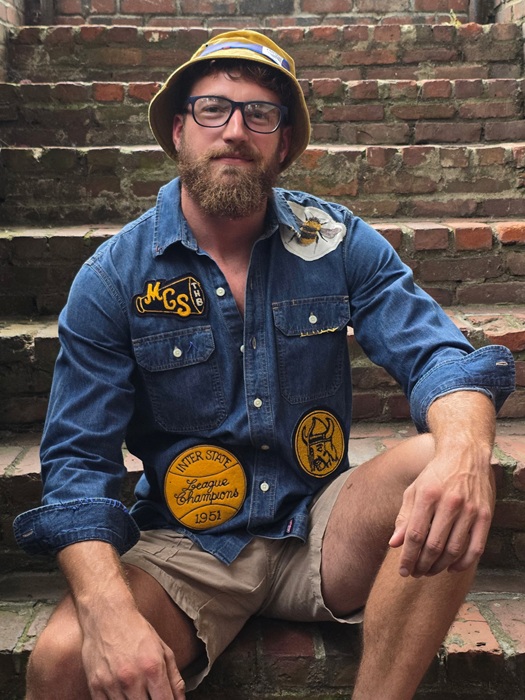
He’s still not what you could call laid back. As Miller walks around the shop, he energetically pulls out textiles, canvases, and swatches of upholstery, stacking on appliqués as he goes. “I love the idea of using remnants and found objects,” he says, “taking some crazy kids’ fabric from the ’50s and patching that on top of a beat-up cashmere Ralph Lauren sweater and then patching a beautiful embroidery on top of that.”
It goes back to an older way of doing things, Miller says. He’s intrigued by Japanese textile arts like shashiko — a mending style that uses small stitches to strengthen fabrics — or boro, in which fabrics are rewoven and layered. “If you have a piece of clothing you love and you get a hole in it, you don’t throw it away, you add a beautiful patch and that makes it better, and then you keep that piece for 20 or 30 years,” he says.
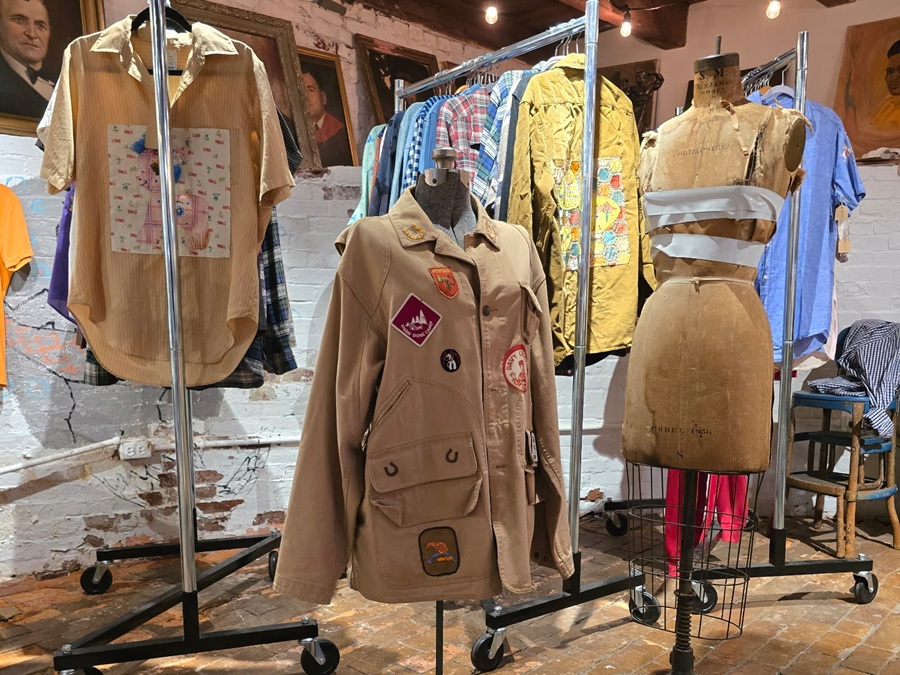
Miller’s pieces bring to mind punk rockers defiantly hand-stitching their identities onto the backs of denim jackets or maybe grandmothers lovingly piecing quilts from hand-me-downs.
All those mending traditions operate on the premise that repairing something adds to its value; the embroideries and patchwork bring new beauty to a garment even as they add resilience. From this perspective, watching Mike Miller sew a patch onto the back of a worn men’s work shirt, one sees his project take on a deeper meaning. You might say it’s a form of healing.
